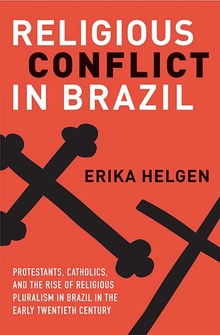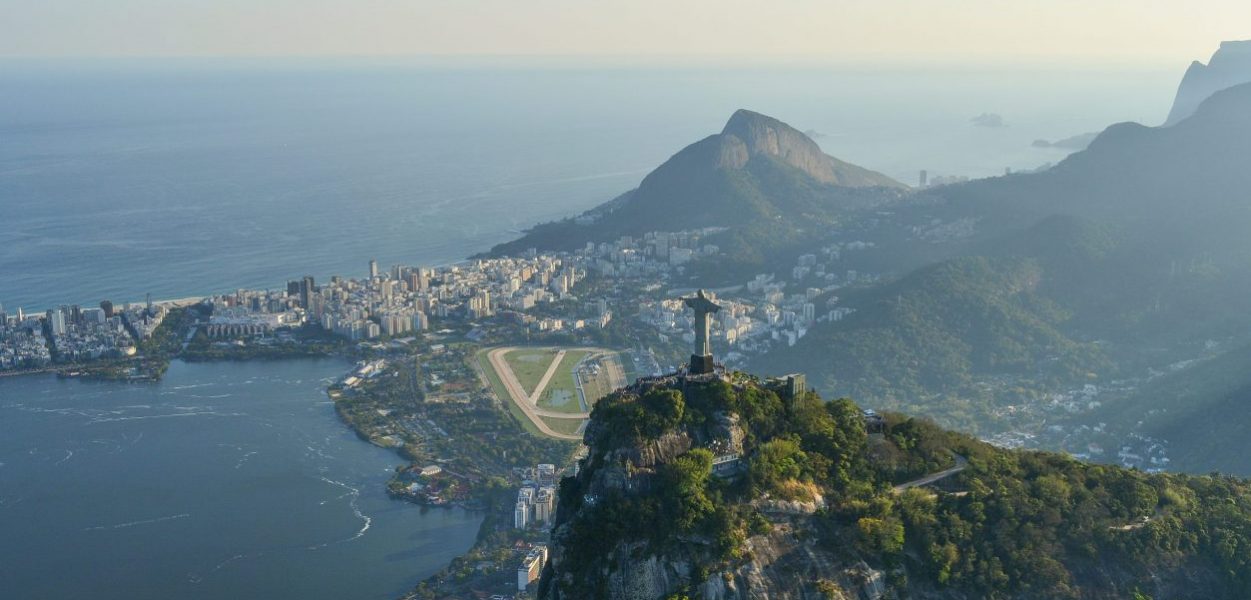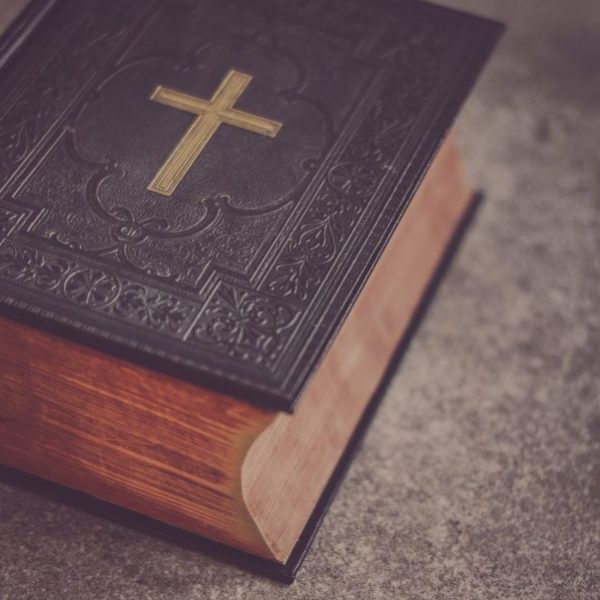Protestantism in Brazil
Erika Helgen—
Protestantism has a long, complex history in Brazil, full of starts and stops, growth and stagnation, political and social transformations. The earliest manifestations of Protestantism were short-lived. French and Dutch Calvinists who competed with the Catholic Portuguese for supremacy in the New World during the sixteenth and seventeenth centuries ultimately retreated in defeat, giving way to a Portuguese colonial project that effectively banned all non-Catholics from Brazil. Protestantism would not establish a permanent presence in Brazil until after 1810, when the Portuguese Crown signed treaties with Great Britain that opened Brazilian ports to British commerce and allowed foreigners, especially British Anglicans, to come to Brazil and practice their faith. The establishment of Anglican churches in Brazil marked the beginning of what scholars have called immigrant Protestantism (protestantismo de imigração), the first of three waves of Protestantism in Brazil. Throughout the nineteenth century, encouraged by the Brazilian Empire’s policies promoting European immigration, new immigrant groups like German Lutherans brought their faith with them when they arrived in Brazil. Although immigrant Protestant communities established churches throughout the country, their societal influence was limited by the fact that their main goal was not to proselytize and convert Brazilian Catholics but to maintain the faith and traditions of the religion and culture of the immigrant communities themselves. When immigration from majority-Protestant countries diminished in the twentieth century, the prominence of the denominations associated with immigrant Protestantism, such as Lutheranism, diminished as well.
Protestantism became a social force in Brazil with the rise of missionary Protestantism (protestantismo de missão), when U.S. and British missionaries from historical Protestant denominations—Congregationalists, Methodists, Presbyterians, and Baptists—began to actively evangelize in Brazil, explicitly seeking to convert Brazilian Catholics and establish Portuguese-speaking churches throughout the country. While Methodists established a short-lived missionary project in 1835, the first permanent missionary activities did not begin until 1855, when a Scottish Congregationalist, Robert Reid Kalley, began preaching and founding churches in Rio de Janeiro. Presbyterian missionaries (PCUSA) followed in 1859, and the first Methodist congregation among Brazilians was founded in 1876. Events in the United States also hastened U.S. Protestant work in Brazil. After the U.S. Civil War, former Confederates unhappy with the outcome of the war decided to emigrate, looking for new lands that would be more hospitable to their political and social views. Brazil, where slavery was still legal and where Dom Pedro II was encouraging the immigration of white Europeans and North Americans, was an obvious choice. When the Confederates established colonies in São Paulo and the Amazon in the 1860s and 1870s they appealed to their home congregations for religious assistance. Thus in the 1860s, 1870s, and 1880s Southern Presbyterians, Southern Methodists, and Southern Baptists all began to send missionaries to Brazil. While they initially focused on attending to the religious needs of the Confederate colonists, the missionaries quickly expanded their evangelization activities to other cities and states, especially in the North and Northeast. By the beginning of the Brazilian Republic in 1889, all of the major Protestant denominations had a presence in Brazil. However, their numbers were still small, representing just 1 percent of the total Brazilian population.
The numbers and influence of Brazilian Protestants began to grow more rapidly in the first half of the twentieth century, partly due to the introduction of the third and final wave of Protestantism: Pentecostalism. In 1910 and 1911 the first two Pentecostal churches, the Congregação Cristã no Brasil and the Assembléia de Deus, were established in Brazil. While the Congregação Cristã remained confined largely to southern Brazil in its first decades, the Assembléia de Deus spread rapidly throughout the country. The Assembléia de Deus was founded by two Swedish Baptists who had begun evangelizing Brazilians, many of whom were migrant laborers from the Northeast, in the rubber-tapping regions of the Amazon in 1911. When the rubber market collapsed in the 1910s, large numbers of new Pentecostal converts returned to their hometowns in the Northeast and founded their own Pentecostal congregations. In this way, the Assembléia de Deus spread from north to south, the Northeast being a particular area of growth. By the early twentieth century Brazil was seeing all three types of Protestantism—immigrant, missionary, and Pentecostal—gaining a foothold in nearly every region of the country.
From Religious Conflict in Brazil by Erika Helgen. Published by Yale University Press in 2020. Reproduced with permission.
Erika Helgen is assistant professor of Latin American Christianity at Yale University. She is the recipient of the Arthur and Mary Wright Yale Dissertation Prize, the Robert M. Leylan Fellowship for Research in the Humanities and Social Sciences, and a Fulbright Fellowship.
Further Reading:



























